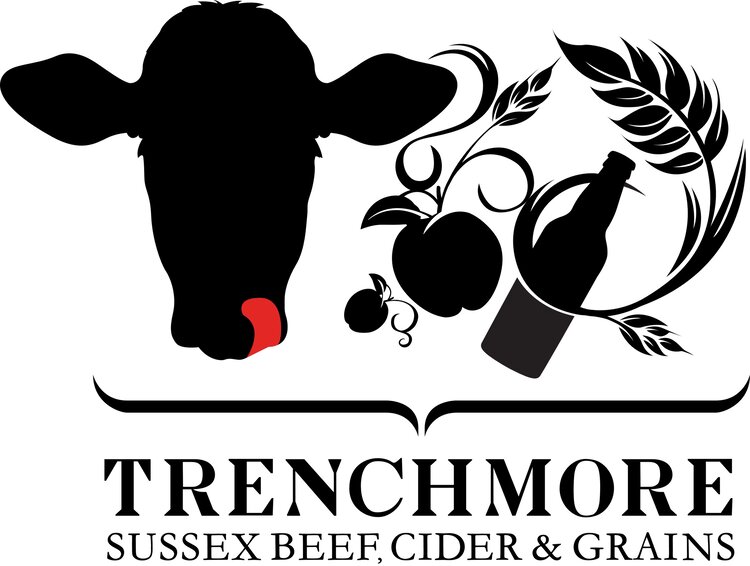We joined a crowd of local farmers (and HRH Sophie) at Plumpton Collage two weeks ago to hear Gabe Brown speak. Often dubbed as the godfather of regen-ag, and coming all the way from North Dakota, it felt like our version of the Oasis reunion. Maybe a little less rowdy and a few more gilets, but there was definitely a buzz in the air when he came on stage.
I’ve read Dirt to Soil and am familiar with his story, which is one of weather related crop failures and debt forcing him to farm without a plough or artificial inputs, and slowly turning his fortunes around. It’s an excellent journey, and has inspired plenty of farms (Trenchmore included) to change how we do things.
One of the topics that came up in the q&a was if it was possible to farm organically and regeneratively - which Gabe manages to do in North Dakota. It’s an interesting conundrum, and one that we haven’t quite managed to achieve.
The organic standard means no synthetic pesticides or fertilisers, no GMOs and no routine antibiotics. It incorporates careful stewardship and high welfare standards.
Regenerative farming is about putting the health of the soil at front of mind with every decision you make, and using certain practices - diversity, grazing & compost - to put life & organic matter back into the ground. As a result, you don’t need to use as much synthetic inputs and you improve the ecology in the fields and the health of your herd.
There are many crossovers between the two styles, and the objectives are very much aligned - healthier land & animals, healthier food, healthier living.
The one clash is how you kill off prevailing grasses and weeds in order to grow mixed species herbal lays and crops. In our experience, without killing it off, the established black grass will outgrow what you sow, and you won’t be able to harvest or graze it effectively.
Organic farms tend to use the plough - which damages the soil and uses lots of diesel. Gabe’s farm uses a prolonged period of frost. Regenerative farms often rely on sprays. In our balmy maritime climate we don’t have the option of extreme weather, and we can’t graze it down tight enough to take out the roots. Trying to work out which is the lesser of two evils is tricky, but we’ve decided that a considered light spray, done at the right time, is better than disturbing the soil and damaging the life underneath.
As a result, our soils in some fields have doubled their organic matter since we’ve been looking after them. A picture of Farmer Knowles showing that off below.
Regenerative farming is a journey, trying to work out the best things to do with the soil type and weather conditions you have. Every year we flex and hone and work towards doing things better - reducing inputs and building more life. It’s relentless and rewarding.
